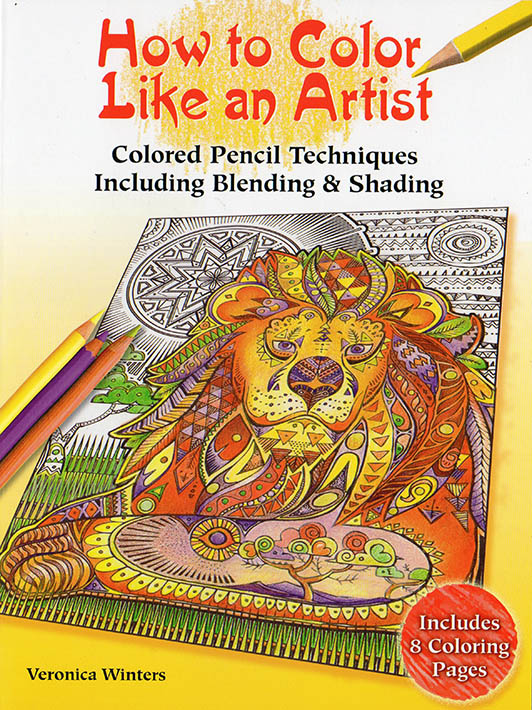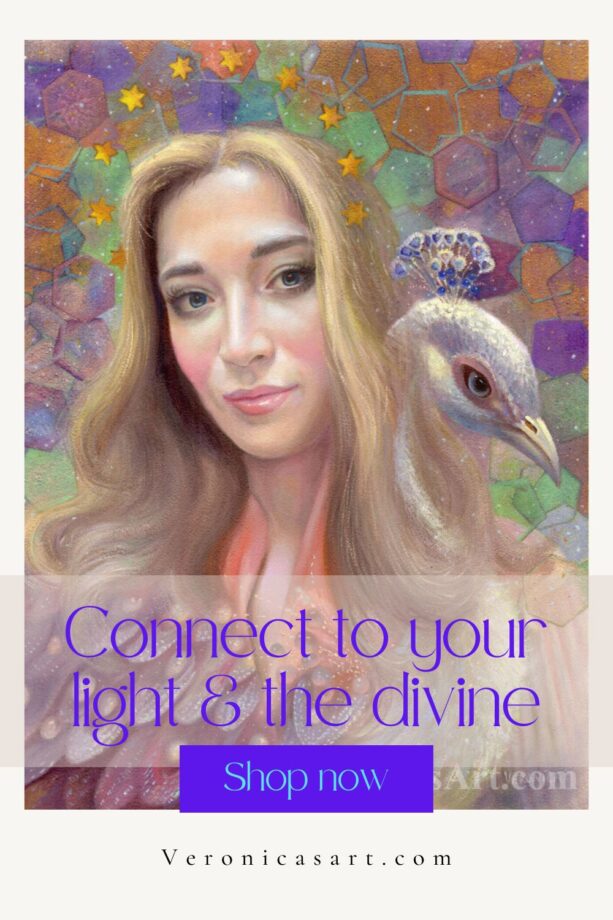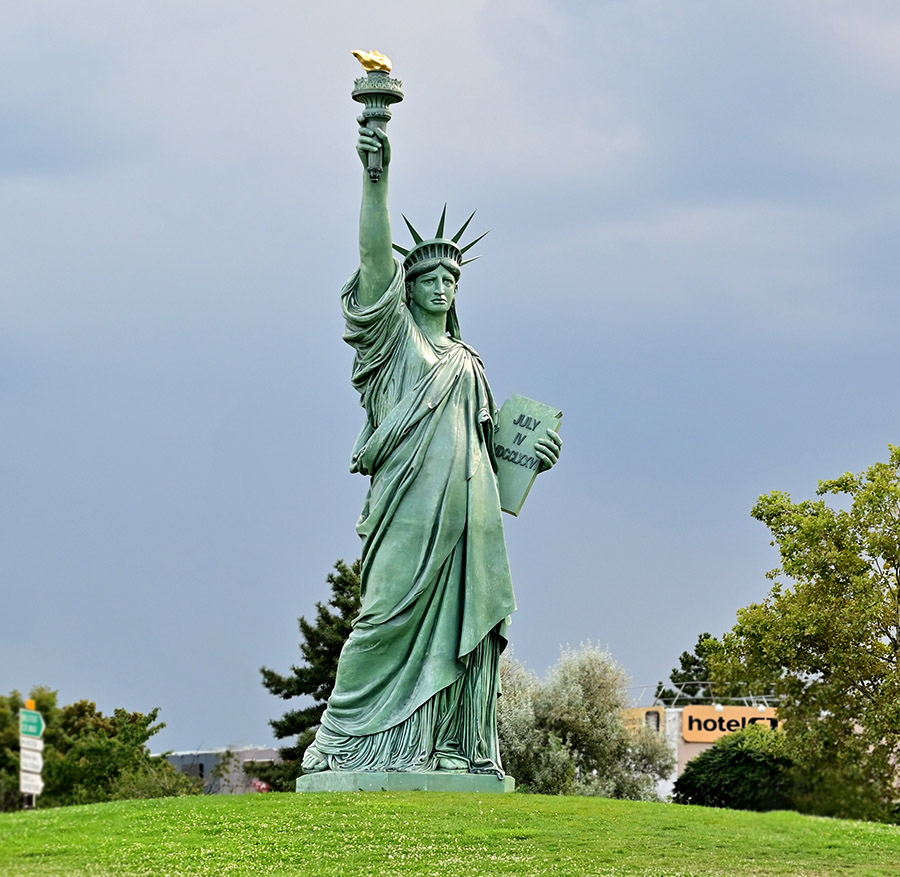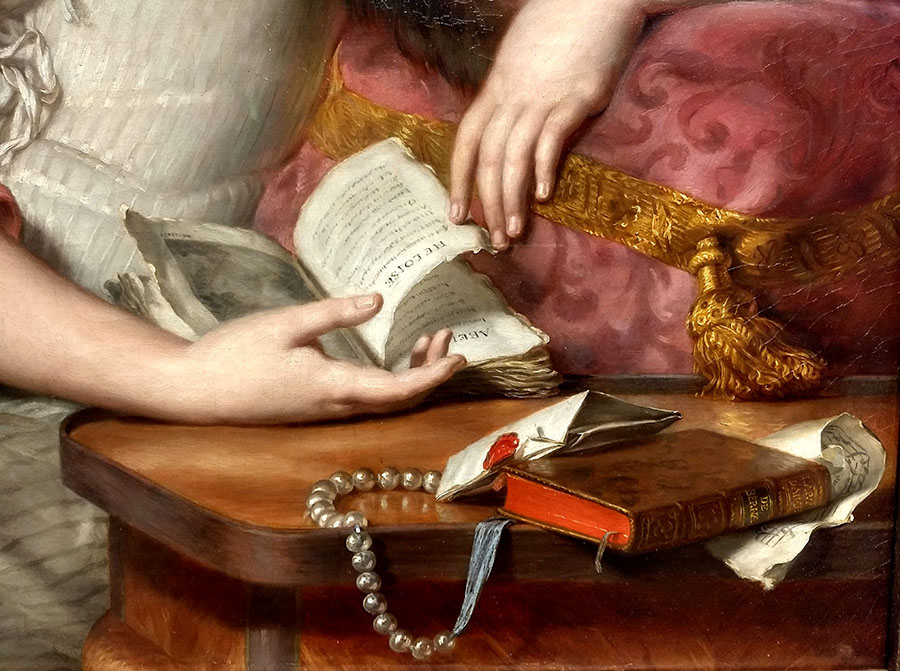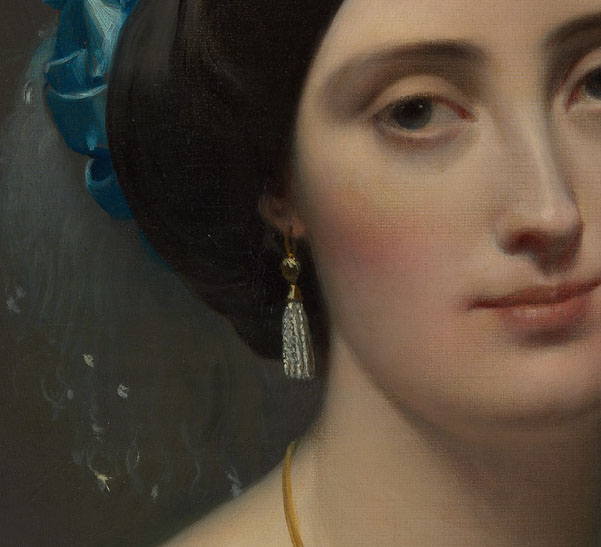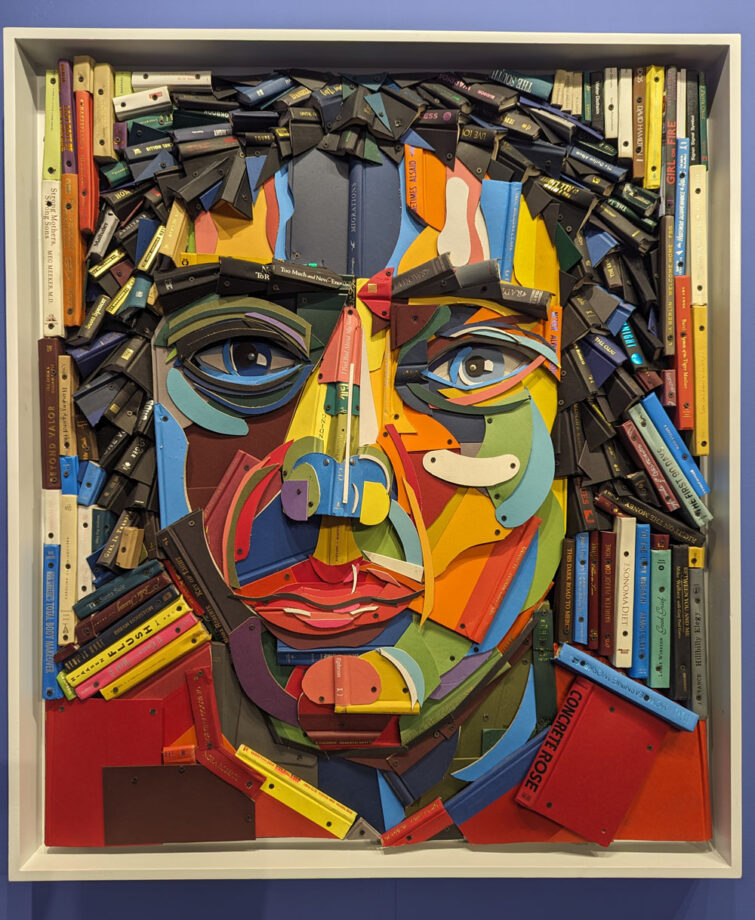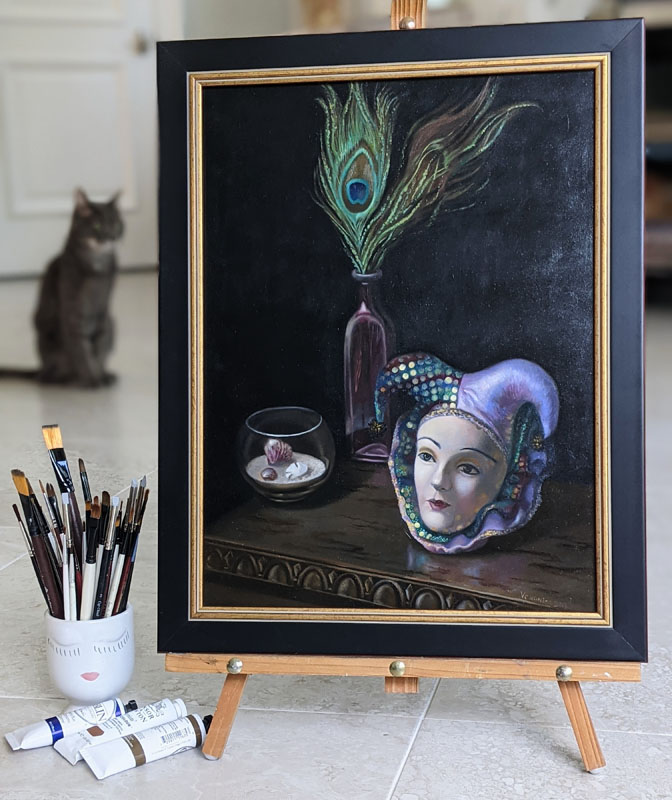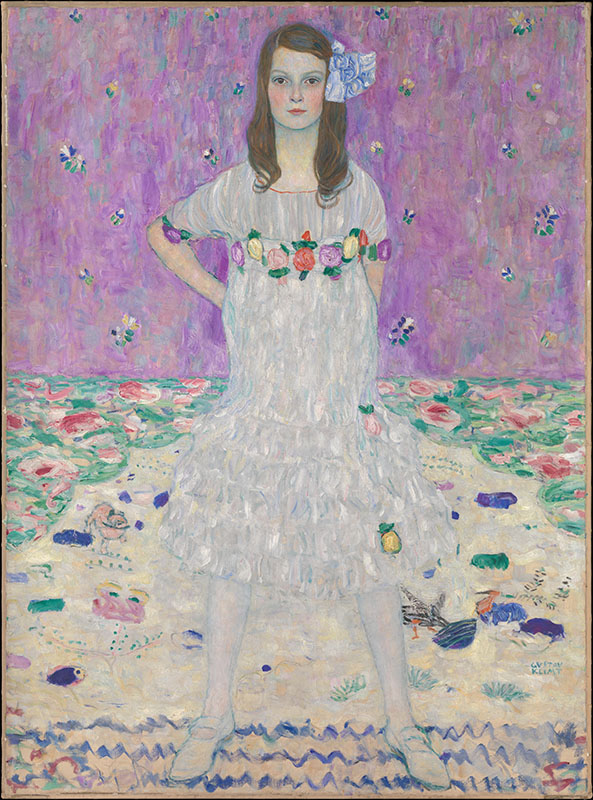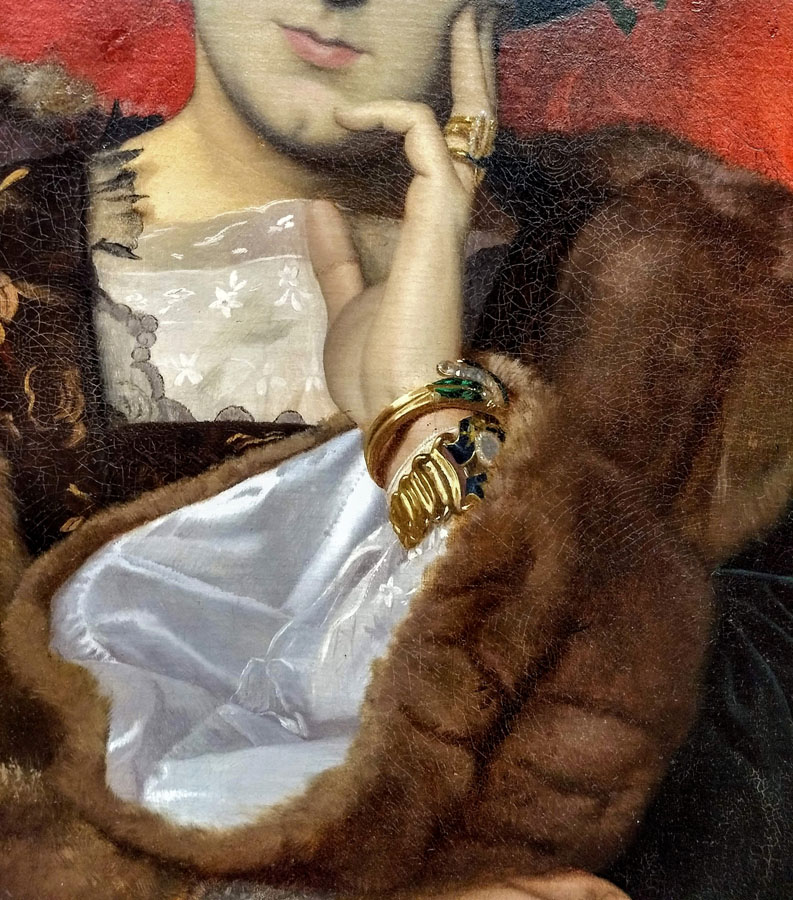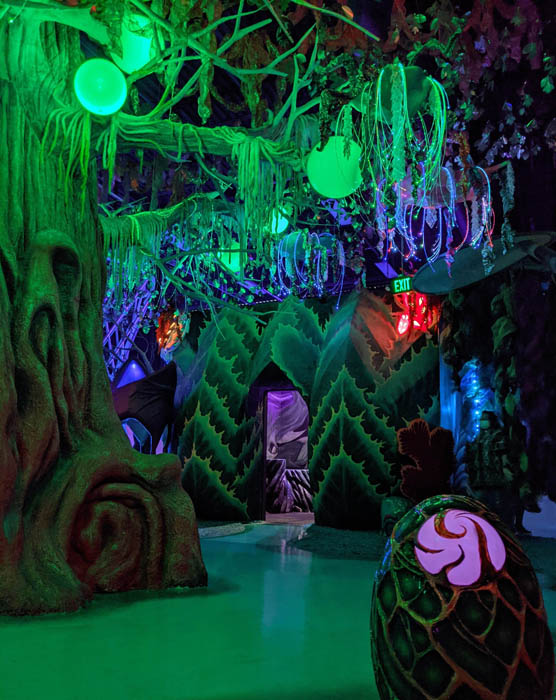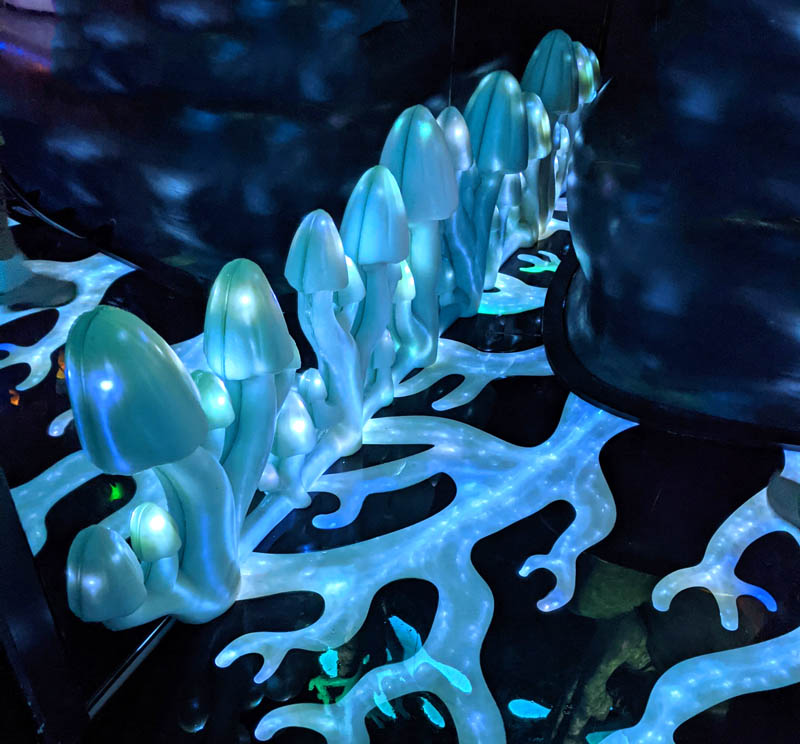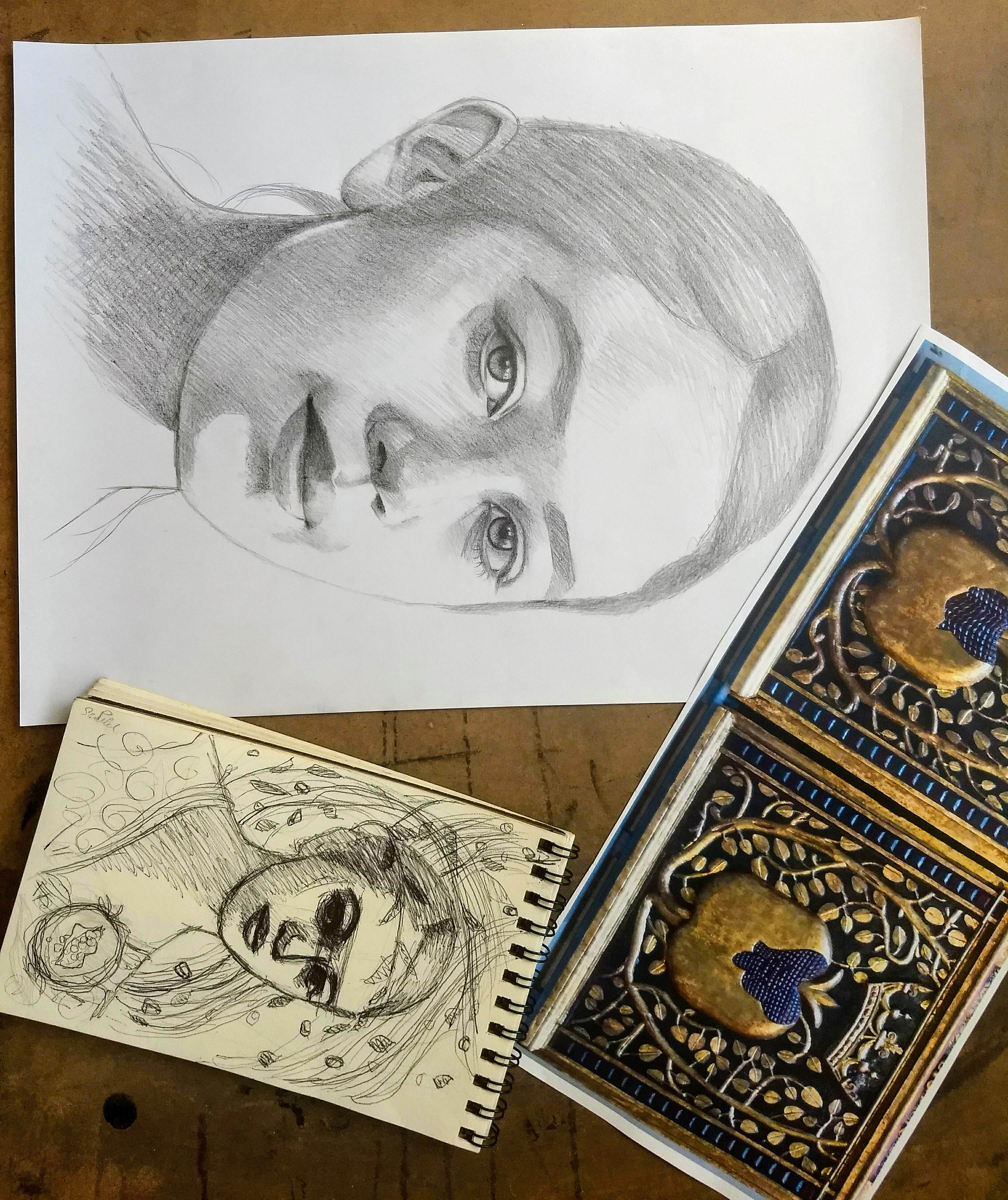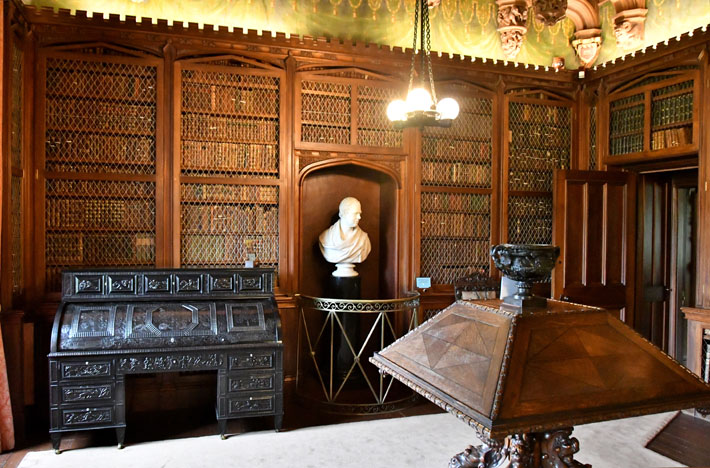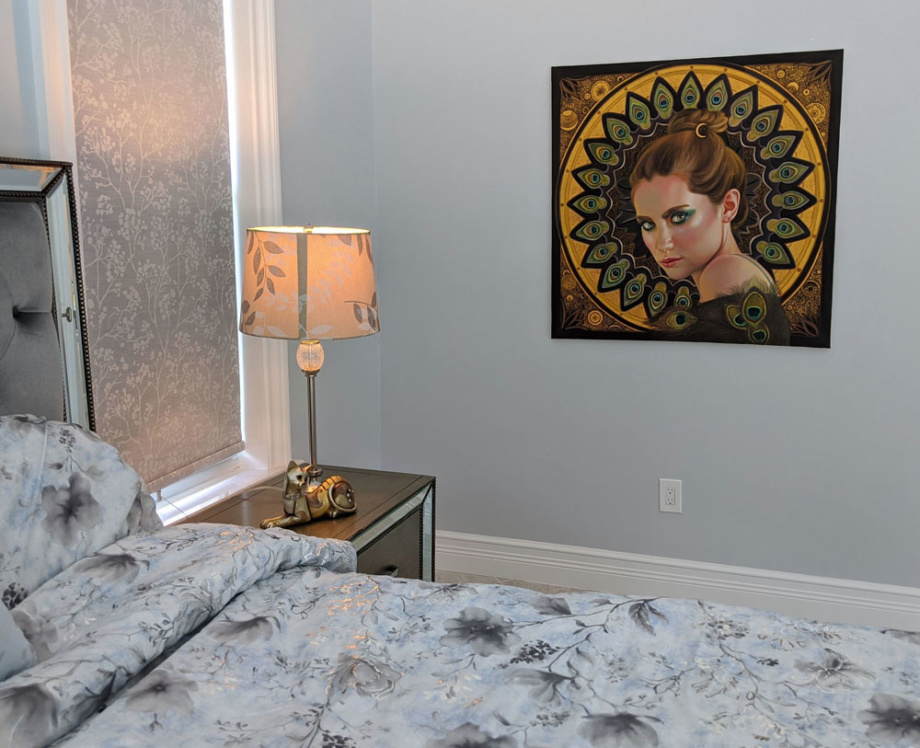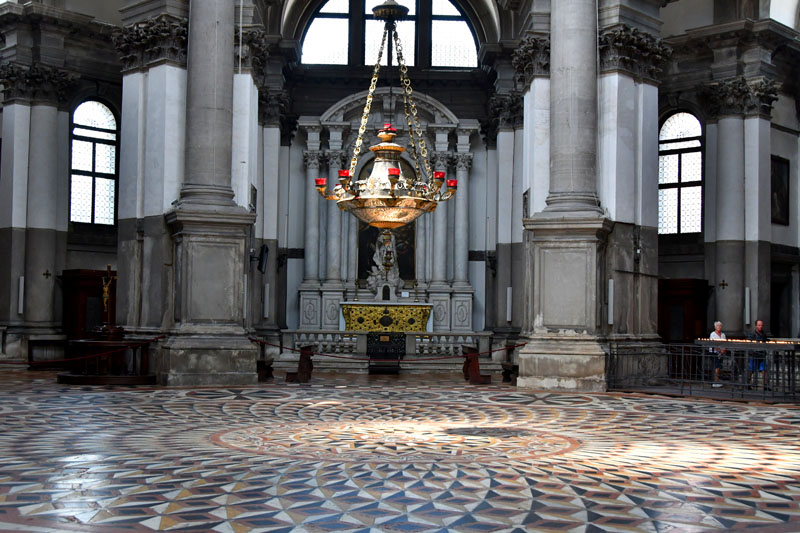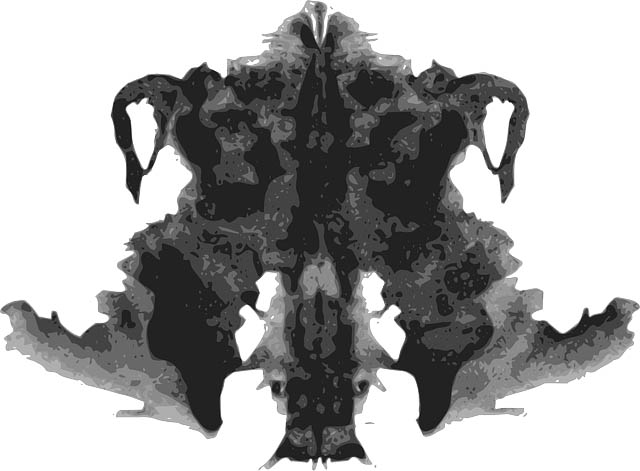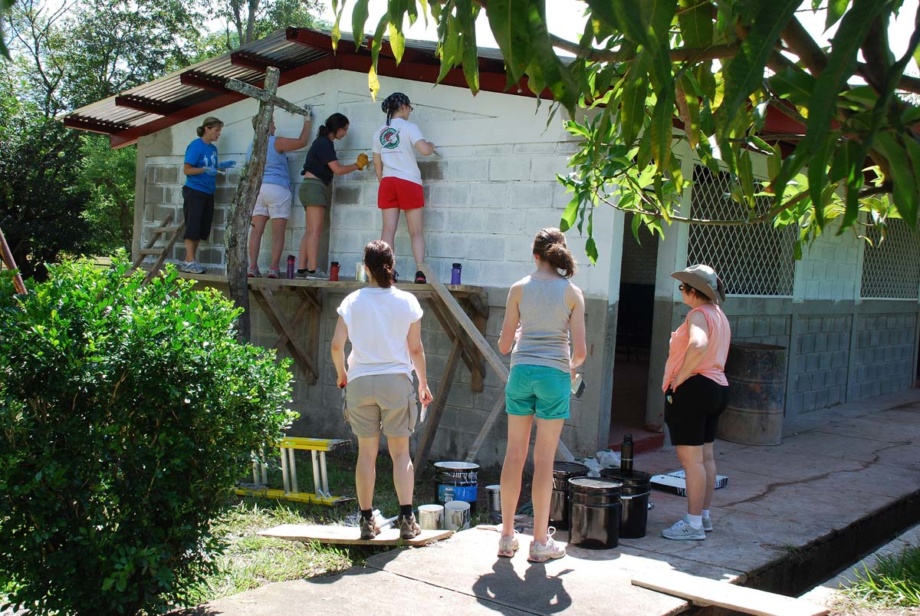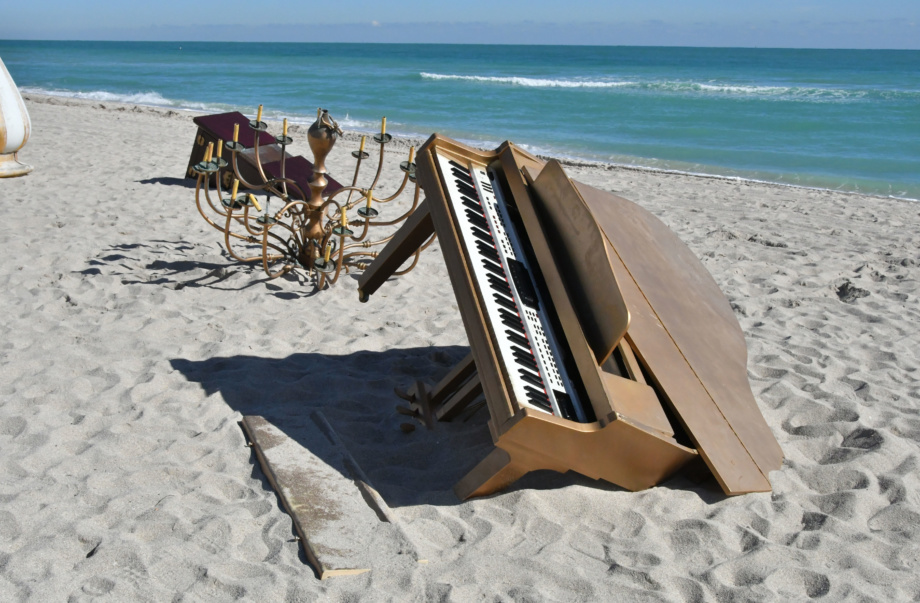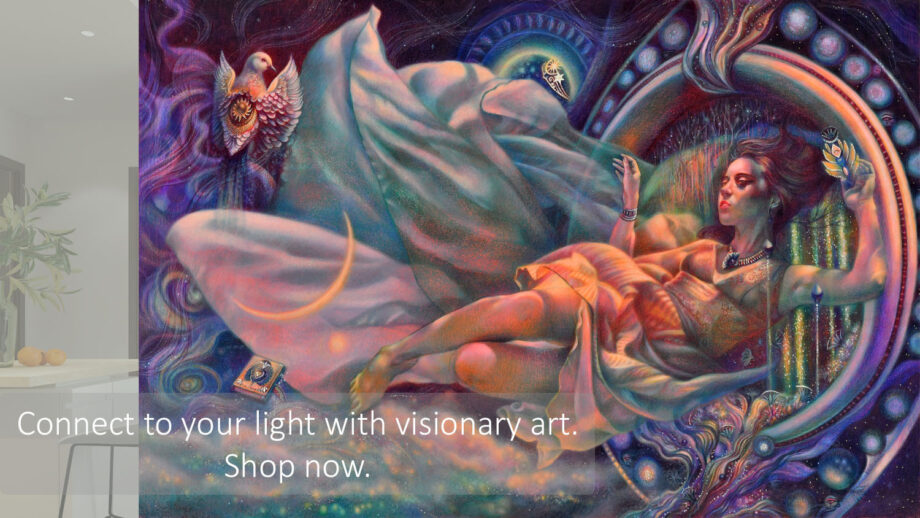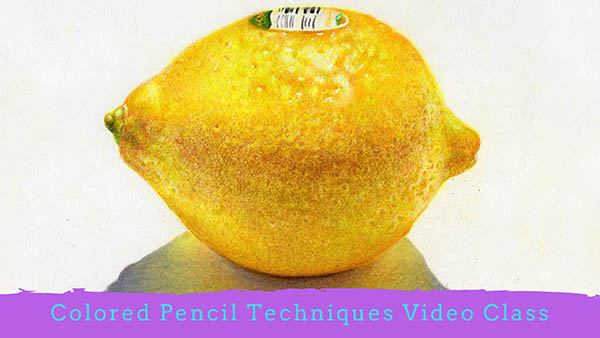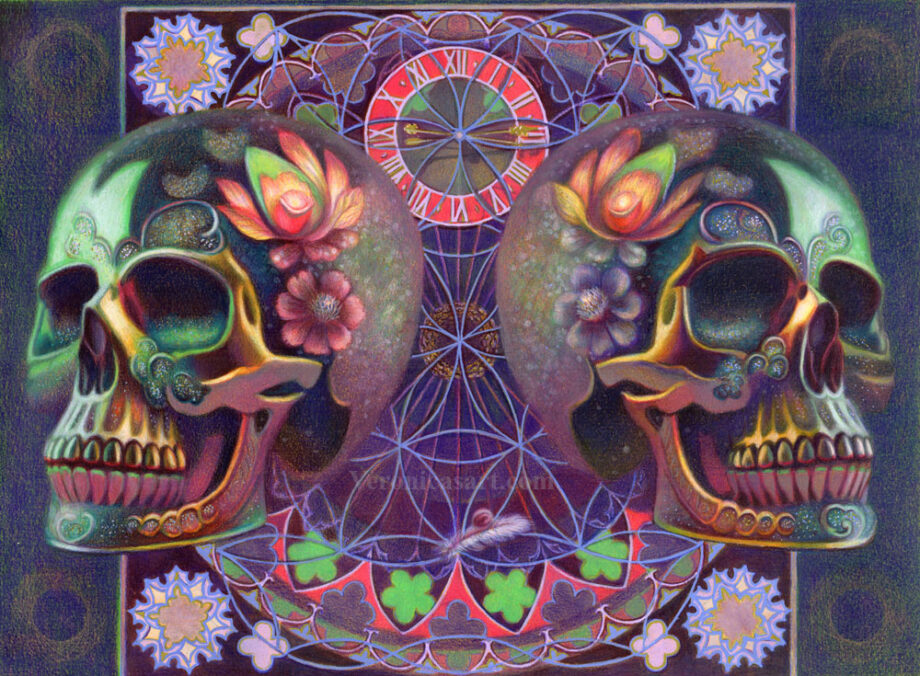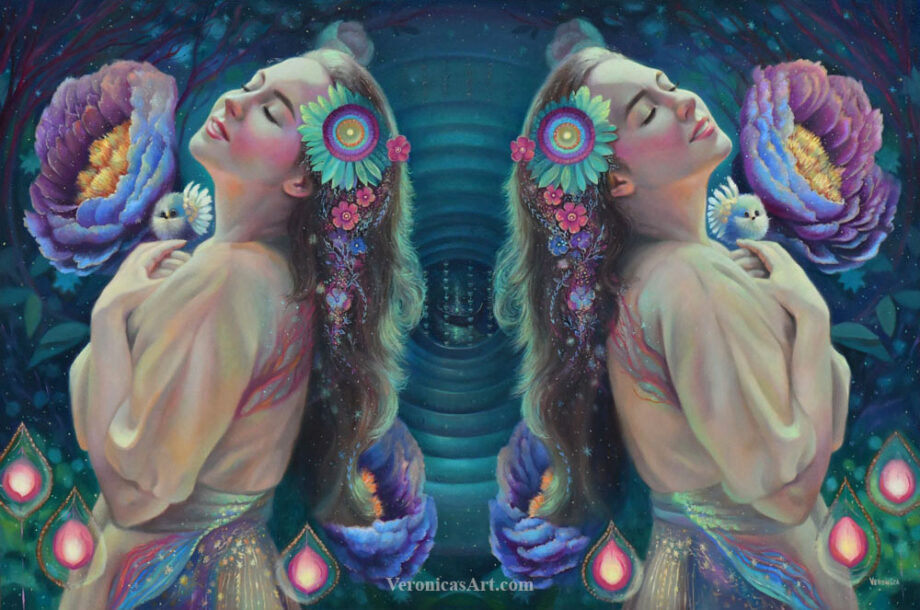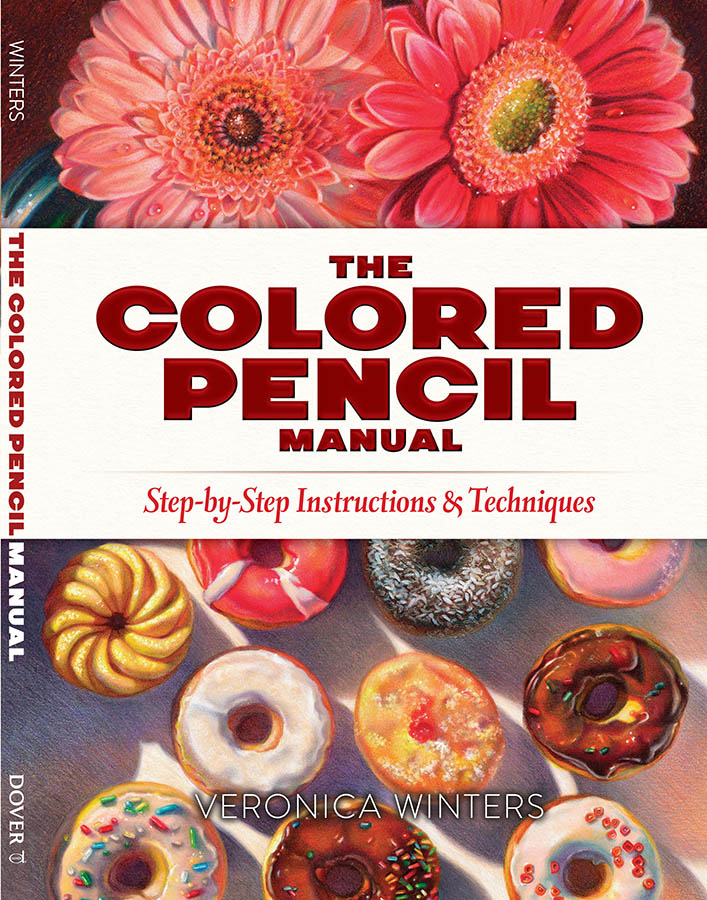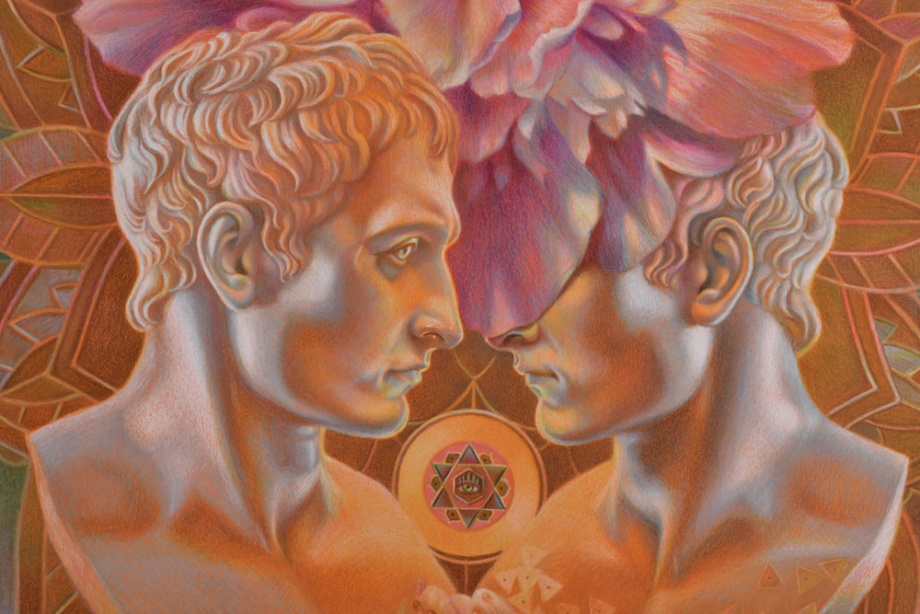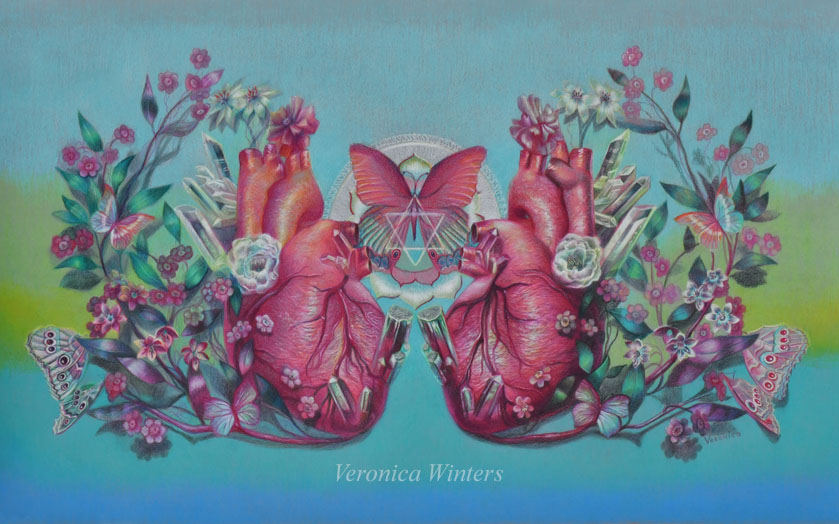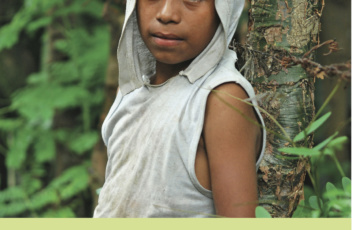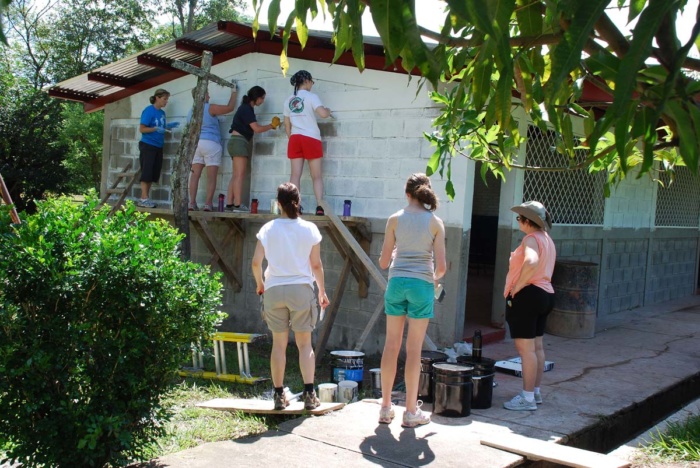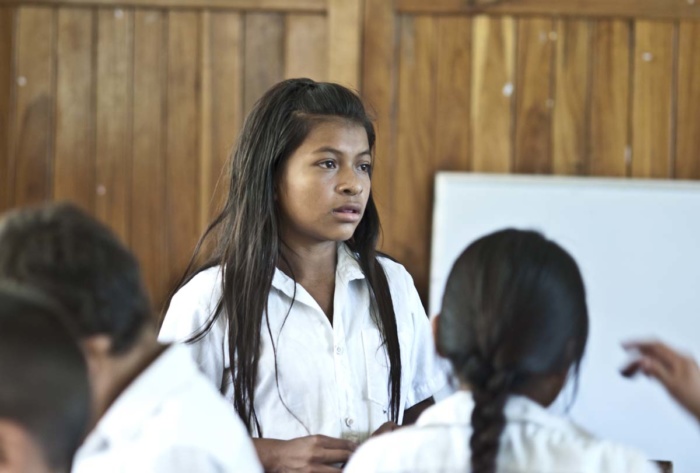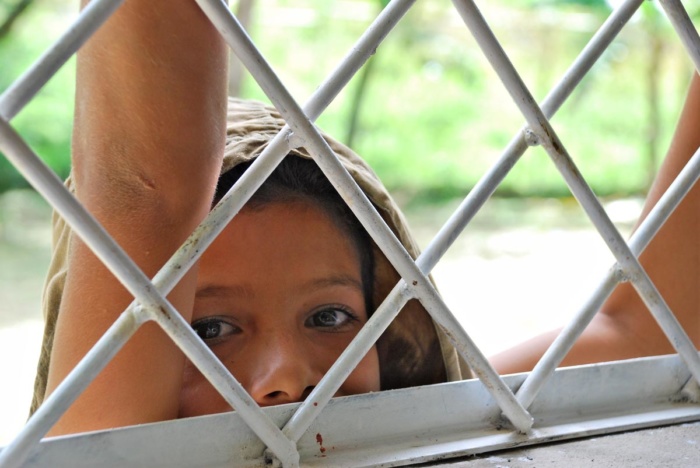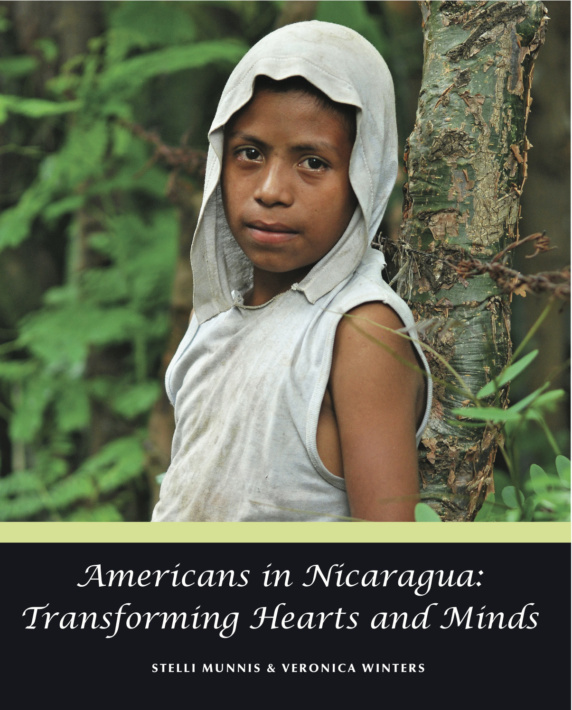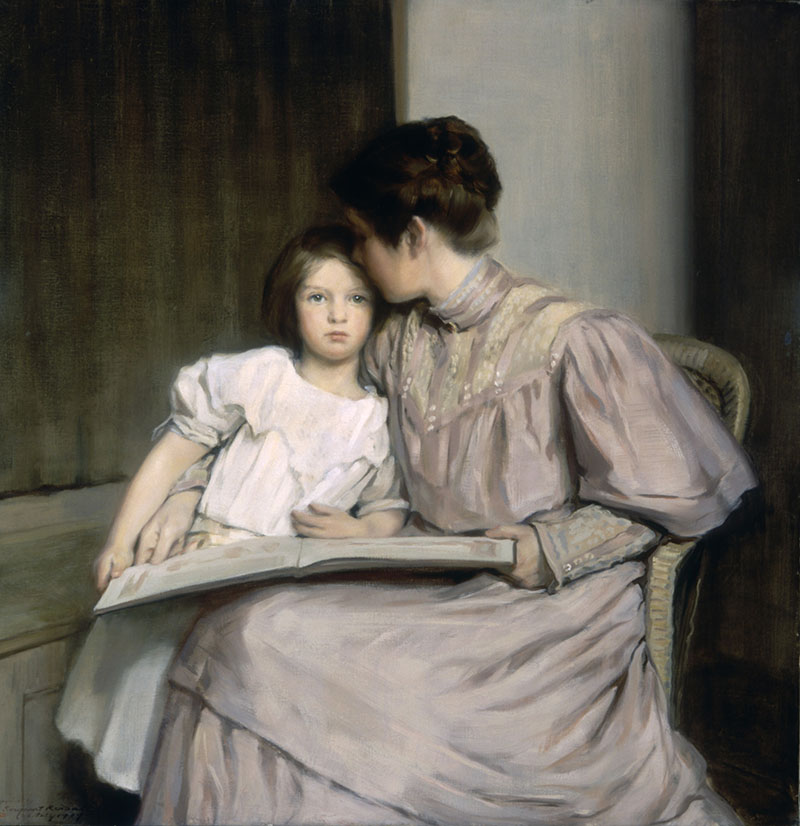
Art therapy emerges as a powerful healing technique that goes beyond traditional medical treatments. More than a simple creative outlet, it represents a profound journey of emotional and physical restoration. Individuals facing challenging life transitions discover unexpected solace through brushstrokes, sculptural forms, and creative expression. The human capacity to transform pain into beauty finds its most eloquent manifestation in artistic healing practices that have existed for centuries.
Art becomes a process of internal reconstruction, allowing individuals to externalize complex emotions, rebuild physical capabilities, and reclaim personal narratives. In this article, let us understand the power of healing through art as a therapy.
The Healing Power of Creative Expression
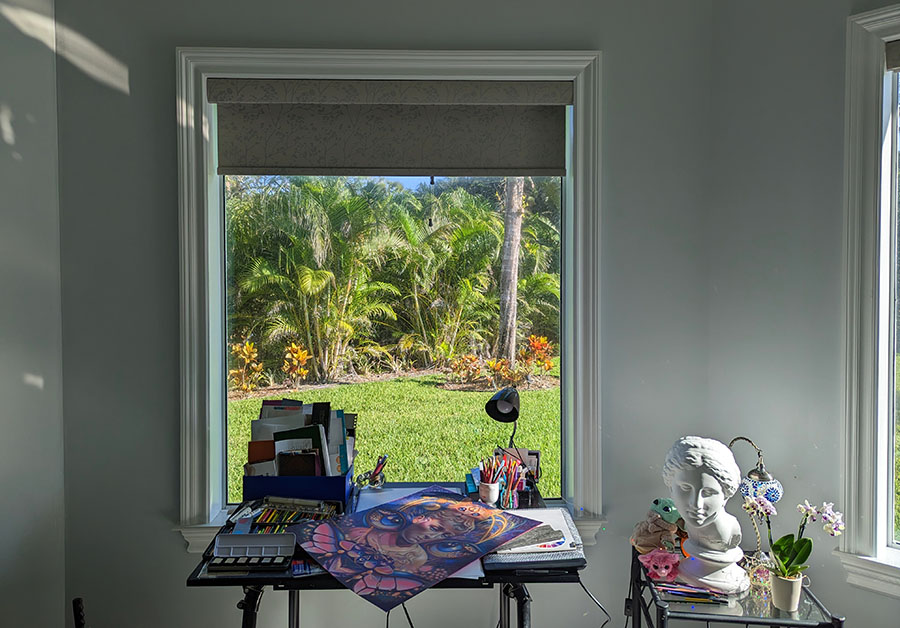
When words fail to capture trauma’s impact, art creates space for emotional processing. Art therapy helps individuals on the path of recovery externalize the feelings that might otherwise remain buried.
Studies from the American Congress of Rehabilitation Medicine show that creating art reduces cortisol levels. Additionally, viewing a beautiful painting can increase blood flow to the part of the brain associated with pleasure by up to 10%. This stress reduction contributes significantly to overall healing and pain management.
The physical act of creating art engages different neural pathways than those typically used in standard rehabilitation exercises. Painting, drawing, and sculpting involve fine motor control that helps rebuild dexterity after injuries. A 2025 study was published by Taylor and Francis on stroke patients who participated in museum-based art therapy. The intervention resulted in a decrease in depression scores going from 6.6 to 4.2.
Art creation offers a sense of control when physical limitations feel overwhelming. Somatopia states that engaging with color, texture, and form through scribbling provides sensory stimulation that can break through post-traumatic numbness.
Transformed Through Tragedy: Artists Who Found Their Voice After Injury
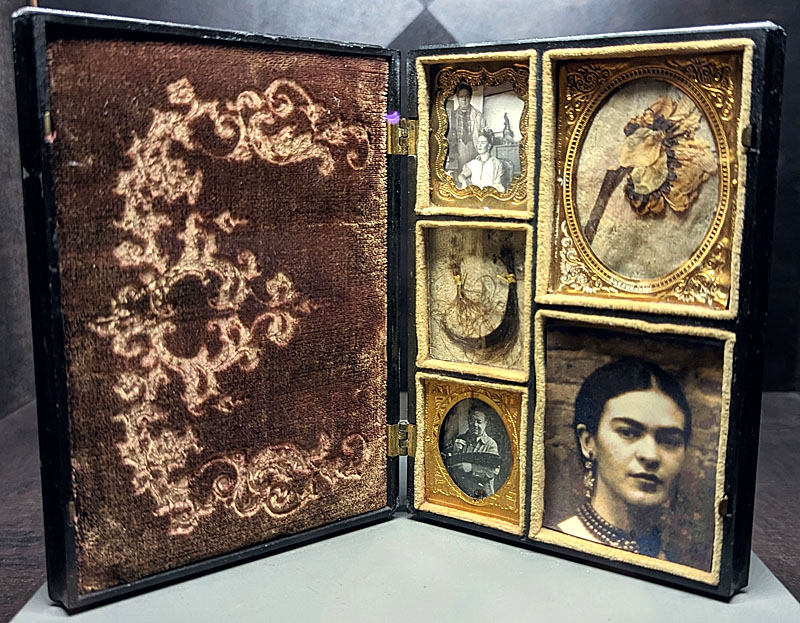
Frida Kahlo’s artistic career blossomed following a devastating bus accident that left her with lifelong pain. Her intimate self-portraits exploring suffering and resilience continue to inspire countless injury survivors.
Kahlo once wrote, “I paint myself because I am often alone and I am the subject I know best.”
Contemporary artist Chuck Close reinvented his approach after becoming partially paralyzed from a spinal artery collapse. Unable to create his photorealistic portraits using previous methods, Close developed a grid technique that accommodated his physical limitations. His adaptation demonstrates how creative problem-solving can overcome seemingly insurmountable obstacles. Many lesser-known artists have similar stories of finding their creative voice while healing.
The Science Behind Art’s Healing Effects
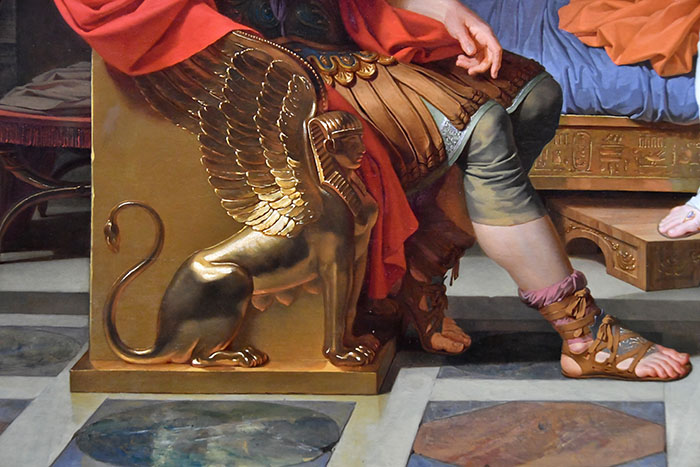
Neurological research confirms what many survivors intuitively discover through artistic practice. Brain imaging studies show increased activity in regions associated with pleasure, focus, and emotional regulation during creative activities.
As per a study by Wiley, 70% of people on the planet are estimated to face at least one traumatic event throughout their lifetime. Furthermore, post-traumatic stress disorder will affect about 1 in 11 persons globally. Interventions based on the visual arts can improve positive non-PTSD symptoms including post-trauma and quality of life.
In contrast to talk-only therapies, art therapy may foster curiosity, playfulness, and creativity. This helps individuals share traumatic experiences and results in a reduction in PTSD-specific symptoms such as avoidance.
As per Kids First, color psychology plays a role in emotional healing during art therapy sessions. There are different techniques of utilizing color in art therapy, they include:
- Color Journaling: Individuals gain insights into emotional states and identify patterns in their moods and feelings over time.
- Color Mapping: Allows individuals to visualize their emotional landscape, promoting greater self-awareness and understanding.
- Color Meditation: Helps individuals focus their minds, reduce stress, and enhance emotional resilience, making it a powerful tool within art therapy.
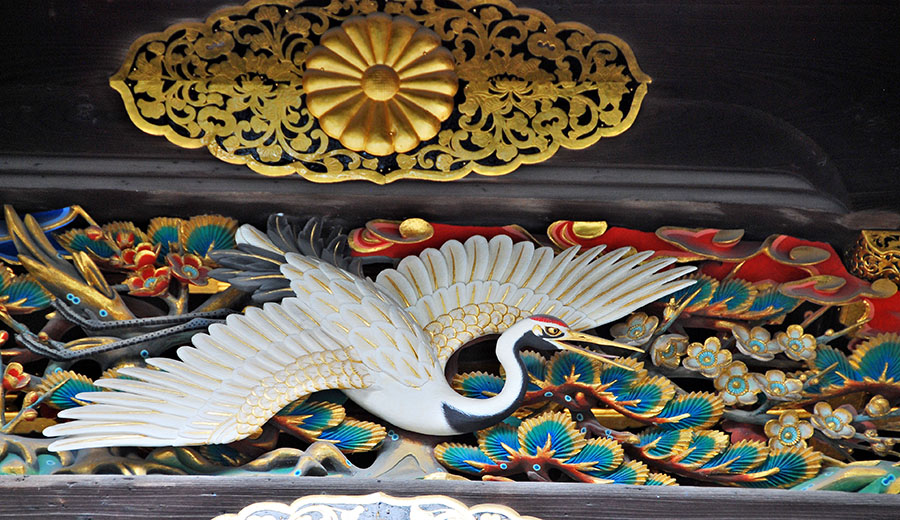
Legal Considerations During Creative Recovery
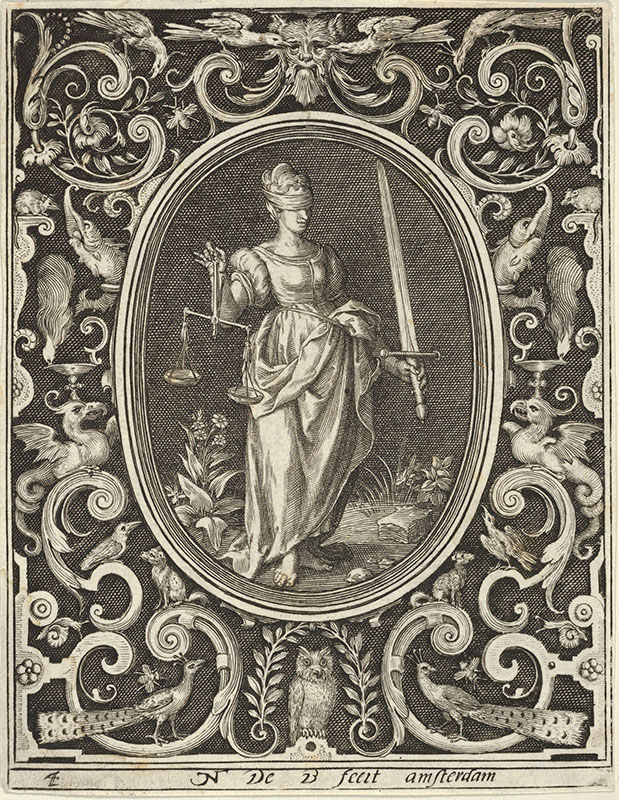
The journey of healing through artistic expression often coincides with navigating complex legal matters. In instances such as personal injury, victims may often find themselves dealing with insurance claims and compensation issues.
In such situations, a personal injury attorney can manage these legal complexities while survivors dedicate their energy to therapeutic pursuits like art. Many who benefit from creative rehabilitation need to document their full recovery journey. This documentation helps establish the comprehensive impact of injuries beyond immediate medical expenses. Art therapy sessions, supplies, and related expenses may factor into recovery costs worth considering in legal contexts.
According to TorHoerman Law, the financial compensation sought by the injured is referred to as “damages.” They are mainly of two kinds: economic and non-economic. They involve lost wages, permanent disability, emotional distress, loss of property, medical bills, pain and suffering, etc.
The holistic approach to healing often requires professional guidance on multiple fronts. Just as art therapists provide specialized support for emotional and physical recovery, legal professionals handle paperwork and negotiations. This division of labor allows those healing to maintain focus on the creative processes that contribute to their well-being. For those incorporating art into their recovery journey, keeping detailed records of how creative practice affects their healing can prove valuable.
These records may demonstrate improvements in motor skills, emotional well-being, and overall quality of life, all factors that comprehensive case evaluations should consider.
Incorporating Art Into Your Recovery Journey
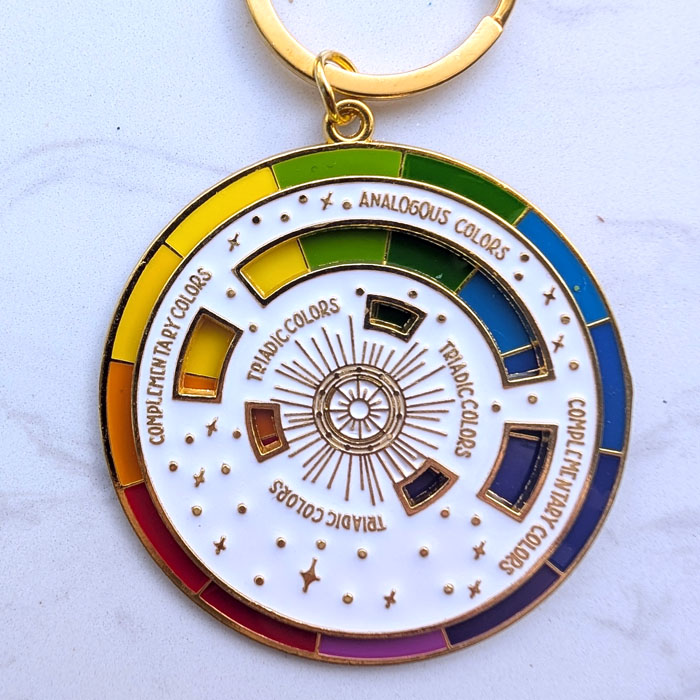
The process matters more than the product when using art therapeutically. Many participants worry about artistic quality, missing the fundamental benefit of expression itself. Recovery-focused art prioritizes emotional release and physical engagement over aesthetic outcomes. There are even methods that do not require any kind of artistic intervention if you are concerned about the outcomes of your artistic quality.
Known as the color visualization meditation, it is one of the simplest yet effective mindful methods. As per New Perspectives, all you have to do is pick two colors; one being the healing and the other being the releasing. Now, close your eyes and imagine the air you breathe in as the healing color, and the air leaving as the release color.
This technique combines mindfulness with creative visualization, requiring no artistic skill yet offering immediate comfort. Through creative expression, individuals discover new pathways to wholeness that complement traditional medical approaches.
Frequently Asked Questions (FAQs)
1. Why is community involvement important in art therapy?
Participating in group art therapy sessions fosters connection and reduces isolation during recovery. Whether through collaborative murals or poetry workshops, creative communities offer support, motivation, and shared experiences that help individuals heal emotionally and socially.
2. How can injury-related stress impact creative recovery?
Coping with physical pain and legal complexities can be overwhelming, making creative outlets essential. Many find that while recovering, seeking guidance from a personal injury attorney helps ease financial and legal stress. This allows them to focus on artistic healing without added burdens.
3. What forms of art therapy are most effective for personal recovery?
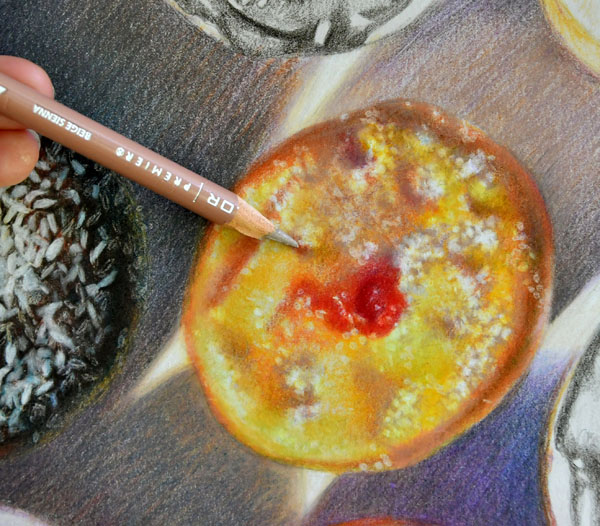
Different creative outlets work for different individuals. Music therapy calms anxiety, painting provides emotional release, and movement-based art like dance enhances physical rehabilitation. Experimenting with various forms helps people discover the best therapeutic approach for their healing journey. Beginning a creative practice during recovery doesn’t require artistic talent or experience. Many rehabilitation centers now offer art therapy programs led by certified professionals. These structured sessions provide guidance tailored to specific injuries and rehabilitation goals.
For those recovering at home, simple supplies like colored pencils and sketchbooks offer accessible starting points. Online communities provide support for beginners exploring art during recovery. Many websites connect injury survivors with resources and virtual workshops designed for various physical abilities.
